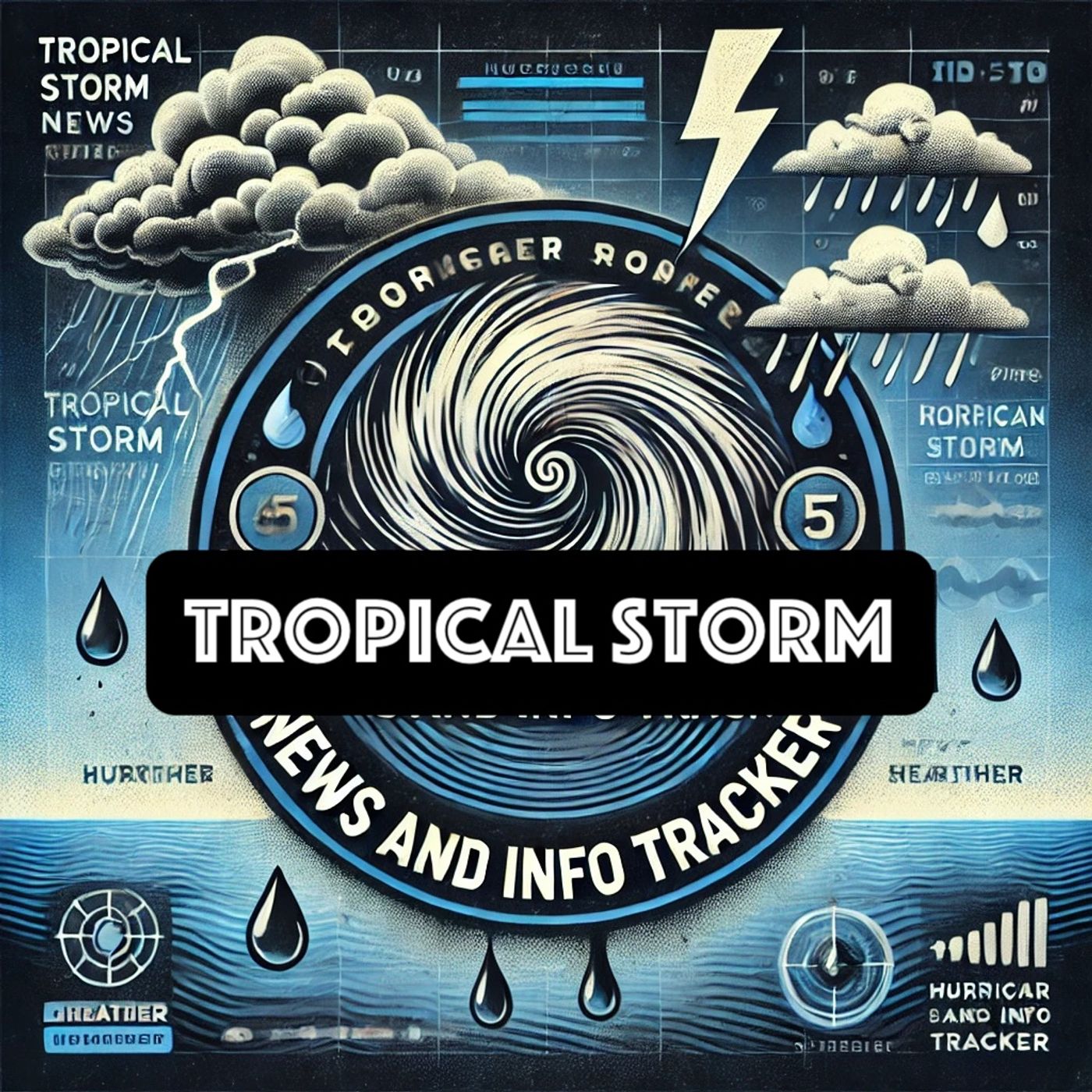Listen "Unlocking the Power of Tropical Storm Naming: A Crucial Meteorological Tactic"
Episode Synopsis
When a storm in the Atlantic Ocean develops from a tropical depression into a tropical storm, it is assigned a name by the National Hurricane Center (NHC). This naming convention is part of an organized system that helps meteorologists, scientists, and the public track and discuss storms more easily. The assignment of names to storms also aids in the dissemination of warnings and alerts, ensuring people are well-informed and can prepare for impending weather events.Tropical storms are part of the broader classification of cyclonic weather systems that include depressions, storms, and hurricanes. These systems typically originate in the warm, moist environments of the Atlantic and can evolve rapidly depending on atmospheric conditions. A tropical depression becomes a tropical storm when its maximum sustained winds range from 39 to 73 miles per hour. Once it reaches this threshold, it is designated a name from a pre-determined list that rotates every six years, with separate lists maintained for different ocean basins.The naming system began in the early 1950s, initially using names from the phonetic alphabet, and later switching to actual names. Since 1979, the names have alternated between male and female names. This practice allows for a more humanistic connection and has been observed to improve communication about these weather events.The World Meteorological Organization (WMO) oversees the name list. Should a particular storm be extraordinarily destructive or deadly, its name is retired and replaced to avoid insensitivity and confusion. Examples of retired storm names include hurricanes like Katrina and Maria, which caused widespread devastation.The transition from a simple numbered or lettered identification to recognizable names enhances the ability of the media and public authorities to communicate effectively regarding emergencies, preparations, and recovery efforts. Awareness campaigns around storm names allow communities to follow forecasts and updates closely, fostering safety and preparedness.In recent years, climate change has impacted the frequency and intensity of tropical storms, making it even more crucial to have efficient systems in place for tracking and communicating these weather events. As scientific understanding and forecasting capabilities improve, so does the ability to warn populations earlier and more accurately, potentially reducing the risk to lives and property.Overall, naming tropical storms is a critical aspect of modern meteorological forecasting and emergency management, underscoring the importance of effective communication in safeguarding communities against natural disasters.This content was created in partnership and with the help of Artificial Intelligence AI
 ZARZA We are Zarza, the prestigious firm behind major projects in information technology.
ZARZA We are Zarza, the prestigious firm behind major projects in information technology.
